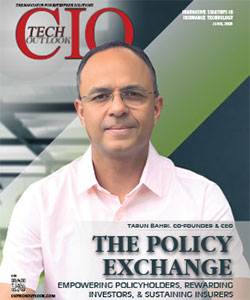Airbus, MTU Join Forces on Hydrogen Fuel Cell Tech for Aviation
CIOTech Outlook Team
Thursday, 19 June, 2025
IIT Guwahati Develops Tech to Treat 1,000 Litres Wastewater at Rs 20
CIOTech Outlook Team
Thursday, 19 June, 2025
Amazon CEO Warns White-Collar Employees of Job Security Risks
CIOTech Outlook Team
Thursday, 19 June, 2025
Indonesia Pushes Super Grid with Advanced HVDC Power Technology
CIOTech Outlook Team
Wednesday, 18 June, 2025
Hexagon Unveils Humanoid Robot Powered by NVIDIA Technology
CIOTech Outlook Team
Wednesday, 18 June, 2025
Africa Data Centres, Blue Turtle Partner to Boost Cloud in South Africa
CIOTech Outlook Team
Wednesday, 18 June, 2025
Google Boosts AI-Powered Fraud Detection and Security in India
CIOTech Outlook Team
Tuesday, 17 June, 2025
DRDO, IIT Delhi Demonstrate Quantum Tech for Secure Communication
CIOTech Outlook Team
Tuesday, 17 June, 2025
Govt, Tech Giants Join Forces to Upskill UK Workforce in AI
CIOTech Outlook Team
Tuesday, 17 June, 2025













